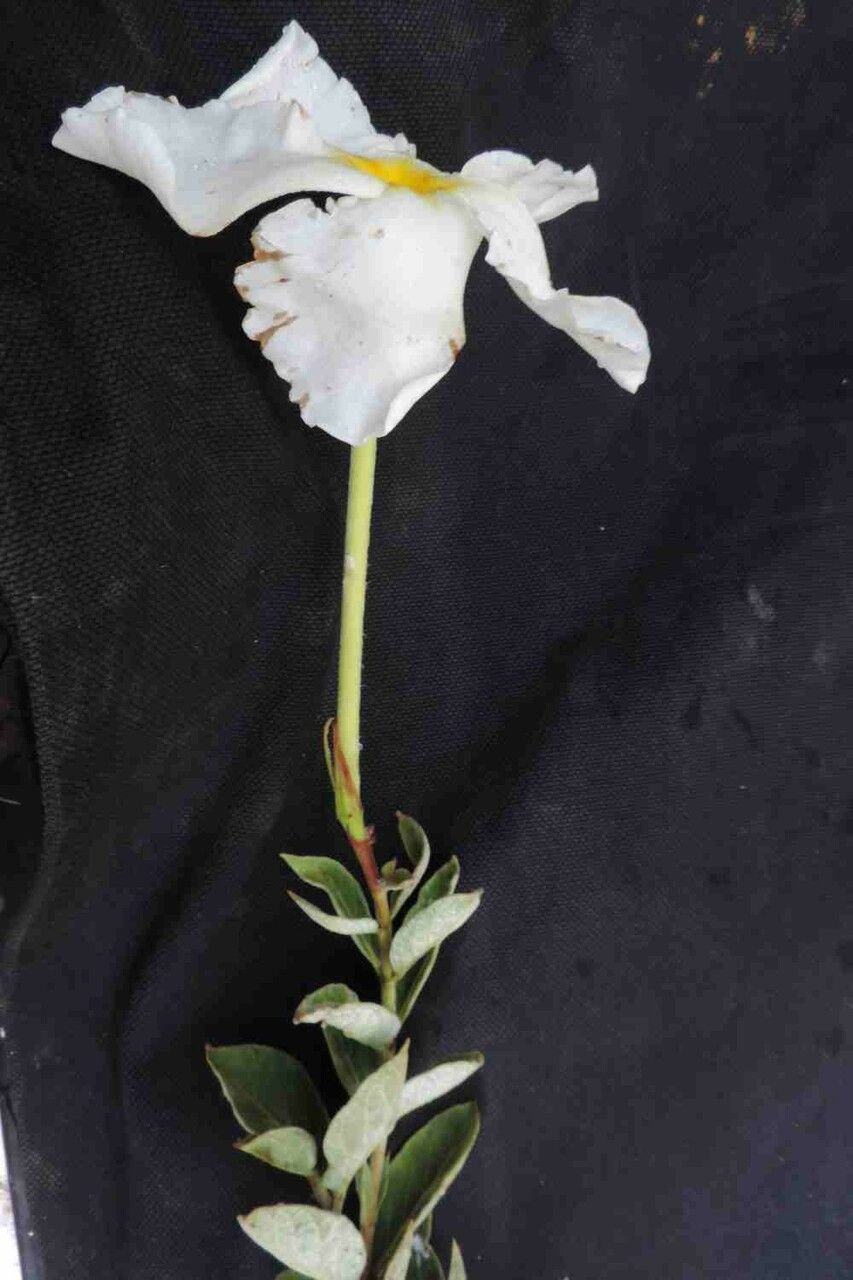Blooming with Abundance: Mastering Mandevilla longiflora Propagation
Mandevilla longiflora, with its vibrant, trumpet-shaped blooms, is a sight to behold. This climbing beauty can transform any garden into a tropical paradise. And the best part? Propagating Mandevilla longiflora is surprisingly easy, allowing you to expand your flower power without breaking the bank!
Understanding the Basics
Propagation, simply put, is the process of creating new plants from existing ones. For Mandevilla longiflora, two methods reign supreme: stem cuttings and layering. Let’s explore each in detail:
1. Stem Cuttings: Your Ticket to Multiple Plants
Stem cuttings are the most common and effective way to propagate your Mandevilla. Here’s how it’s done:
- Timing is Key: Spring or early summer, when the plant is actively growing, is the ideal time to take cuttings.
- Tools of the Trade: Assemble a sharp, sterilized pruning shears or knife, a small pot (around 4 inches), a well-draining potting mix, and rooting hormone (optional but helpful).
- Selecting the Cuttings: Choose healthy, non-flowering stems that are about 4-6 inches long. Make a clean cut just below a leaf node (the point where a leaf or branch emerges).
- Preparing the Cuttings: Remove the leaves from the bottom two inches of the stem. Dip the cut end in rooting hormone to encourage quicker root development.
- Planting and Care: Plant the cuttings in the prepared pot, burying the bottom node. Water well and maintain a humid environment by covering the pot with a plastic bag or using a humidity dome.
- Patience is a Virtue: Place the pot in a warm, bright location, out of direct sunlight. It will take a few weeks (sometimes up to 8) for roots to develop. Once new growth appears, you’ll know your cuttings have successfully rooted!
2. Layering: Encouraging Growth from Above
Layering is another rewarding propagation technique, particularly useful if you have a mature, sprawling Mandevilla.
- Choosing a Stem: Select a long, flexible stem that can easily reach the ground.
- Preparing the Stem and Soil: Make a small wound on the underside of the chosen stem, about 12 inches from the tip. Prepare a small area of soil near the parent plant, ensuring it’s loose and well-draining.
- Burying the Stem: Carefully bend the stem and bury the wounded portion in the prepared soil. Use a small rock or landscape pin to hold it in place. The tip of the stem should remain above the soil.
- Patience and Separation: Keep the soil consistently moist. In a few weeks, roots will begin to form at the wound site. Once you see new growth, you can carefully sever the new plant from the parent and pot it separately.
Tips for Success:
- Well-Draining Soil is Crucial: Mandevillas are sensitive to overwatering. Use a light, airy potting mix that drains well to prevent root rot.
- Light is Your Friend: Choose a bright location for your cuttings or layers but avoid harsh, direct sunlight which can scorch tender new growth.
- Maintain Humidity: Young Mandevillas thrive in humidity. Regularly misting them or using a pebble tray can help create a favorable environment.
The Rewards of Propagation
Propagating your Mandevilla longiflora is a fun and rewarding way to multiply your plant collection. By following these simple steps, you’ll soon have numerous thriving plants, gracing your garden with their spectacular blooms and ensuring a continued legacy of floral beauty.

